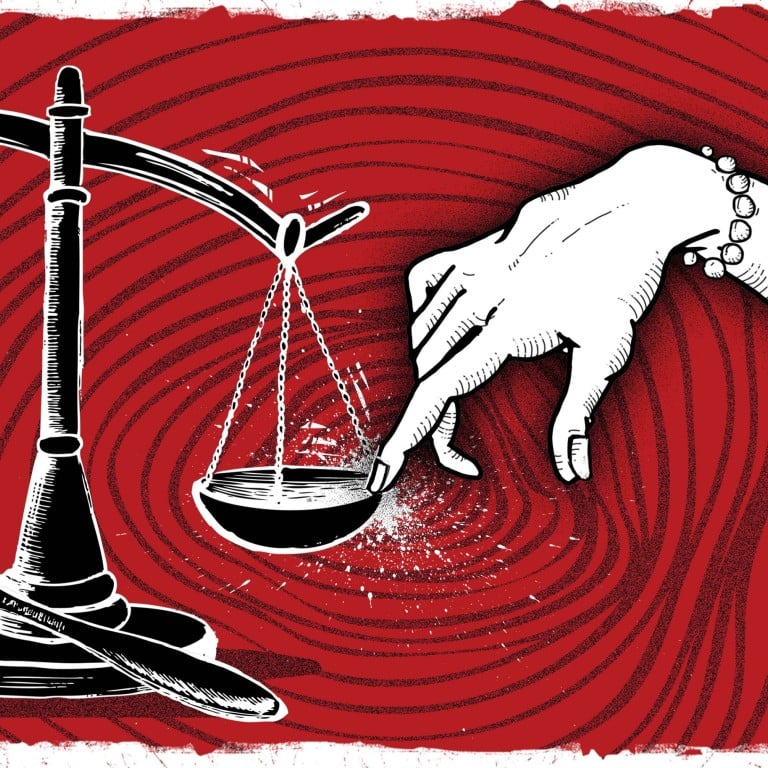
Exclusive | Is Hong Kong on the brink of declaring emergency rule to deal with anti-government protesters?
- In a series of in-depth articles on the unrest rocking Hong Kong, the Post goes behind the headlines to look at the underlying issues, current state of affairs, and where it is all heading
- In this latest instalment, the Post examines the most powerful legal weapon in the government’s arsenal, the sweeping Emergency Regulations Ordinance
“The government reacted in a heavy-handed manner … completely misread the situation and misunderstood the nature of the strike. This provoked the union to call for a general strike in Hong Kong, backing it up with intimidation.”
The above paragraph sounds like a commentary on recent events relating to the anti-government protests that have now roiled Hong Kong for almost three months.
It is not. The text, from A Modern History of Hong Kong, was recounting the social turmoil of 1922 that prompted the British colonial government to put into law the sweeping Emergency Regulations Ordinance. The bill was pushed through in one day in February that year.
Fast-forward to the political crisis engulfing Hong Kong and this old draconian law that grants the government the power to control everything from the media to workers to infrastructure is being dusted off the shelves for a fresh look at its efficacy.
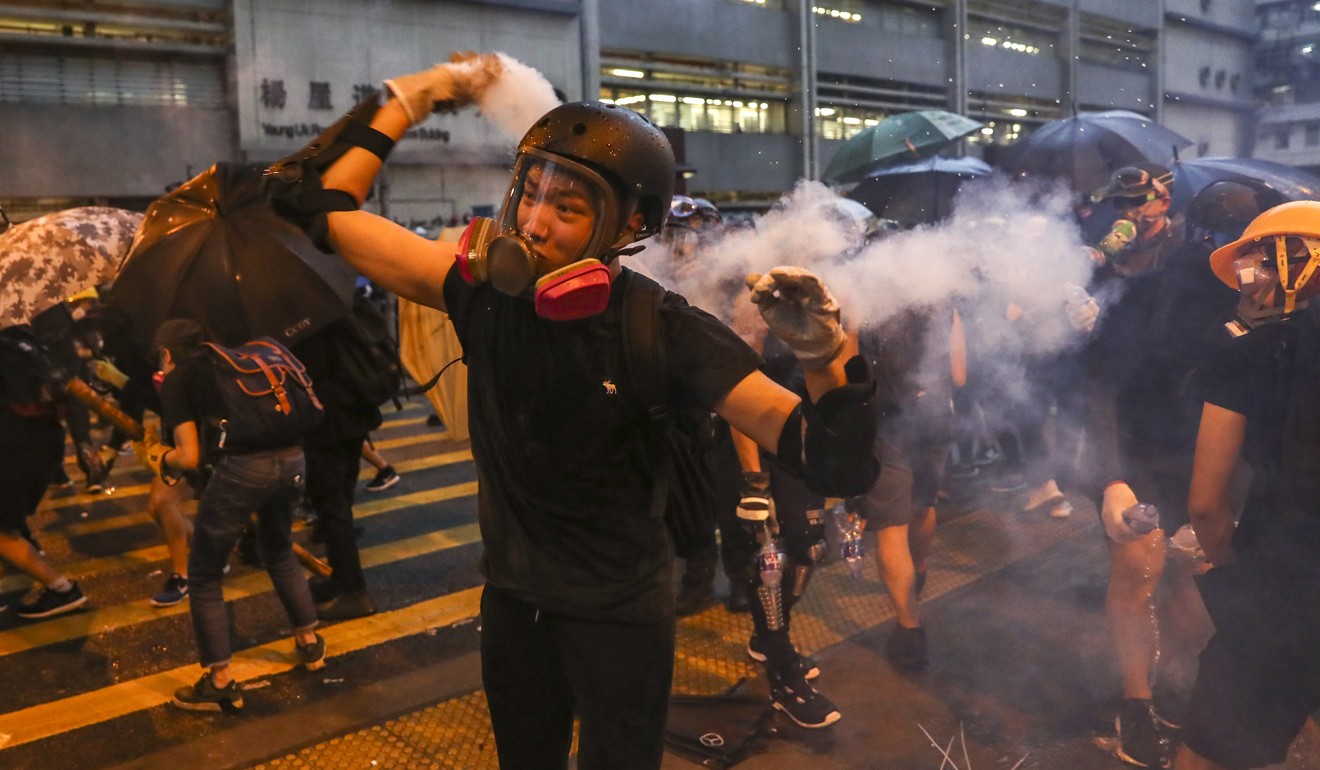
As Hong Kong braces for its thirteenth weekend of protests, the local government this week dangled the threat – although in an elliptical fashion – that these emergency powers could be invoked.
Her oblique warning has sparked more questions. Is it just a scare tactic? Why can the local government not turn to other laws to quell the violence? Is Beijing losing patience and the government trying to show it can be tough?
In asking these questions, political watchers have expressed concern about the uncertainties the invoking of this law could unleash and the greater damage it could cause.
Why now?
Unlike the 79-day occupation of major thoroughfares in 2014, which eventually frustrated ordinary people going about their lives, this time the protesters are engaging in urban guerilla warfare. They roam from one district to another and, unlike activists in Occupy protests, they do not bother to occupy any spots and use the weekends or selected days to confront police.
They are not only being true to their mantra of “be water”, but also know when to “add oil”, as in the local Cantonese parlance: they know when to work hard and when to hold back and conserve their energy for the next battle.
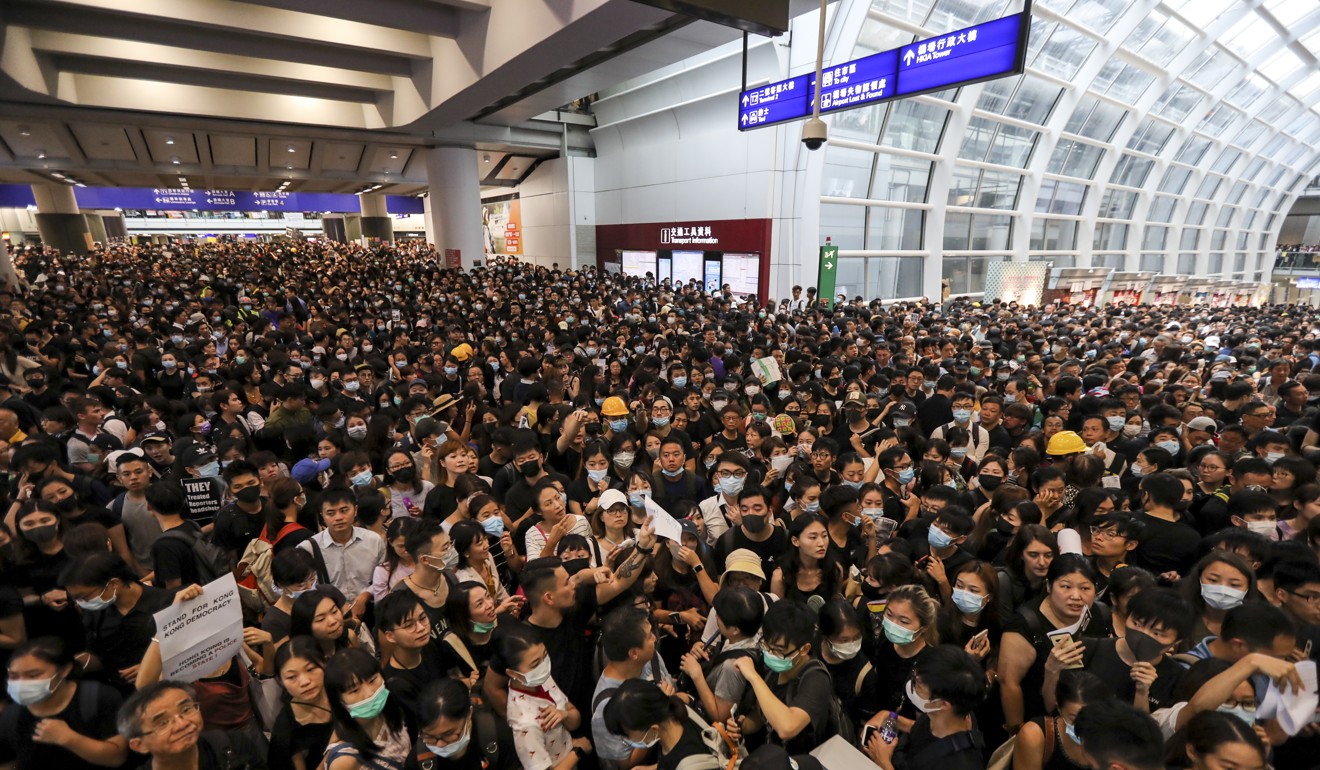
Thus far, Beijing, which has stressed that ending the chaos and violence is the top priority, is leaving it to the city’s embattled government to restore law and order. At a meeting with 500 Beijing loyalists at a seminar in Shenzhen on August 7, Zhang Xiaoming, Beijing’s top official in charge of Hong Kong affairs, said as much when he pointed out there were many local laws at the government’s disposal to quell the increasingly violent protests. The director of the Hong Kong and Macau Affairs Office stopped short of mentioning specifically which ones the government could invoke.
Lawmakers call for anti-mask law in bid to stop protest violence
Government insiders told the Post the administration grew increasingly desperate to look for more weapons to strengthen its “legal arsenal” after protesters crippled Hong Kong International Airport for two consecutive days from August 12. A total of 979 flights were cancelled on those two days, as protesters blocked passengers, scuffled with them and even detained two mainland Chinese men.
Shortly after, Executive Council member Ronny Tong Ka-wah floated the idea that the government should invoke special powers to ban public assemblies in important places like the airport, MTR stations and the Hong Kong stock exchange.

He said the impact of invoking those powers was less than a declaration of a state of emergency in Hong Kong by the National People’s Congress Standing Committee or the People’s Liberation Army being sent in to the city, which are considered to be nuclear-button options too devastating to contemplate.
On August 15, two days after Tong sounded out the idea, more than a dozen mainland Chinese academics gathered at a seminar on Hong Kong’s Basic Law at Tsinghua University to discuss the “legal tools” which could be deployed to subdue the violent protests. Some echoed Tong’s proposal.
How ready is the government to deploy these powers? A Hong Kong government source would only say that the administration would not rule out the possibility of doing so.
“We won’t shut the door to any possible means to help Hong Kong cope with unrest. But we haven’t discussed the details, such as which clauses in the ordinance could be invoked,” the source said.
The source stressed the government was unlikely to make any decision before Saturday, when a massive anti-government march was expected to take place without police approval.
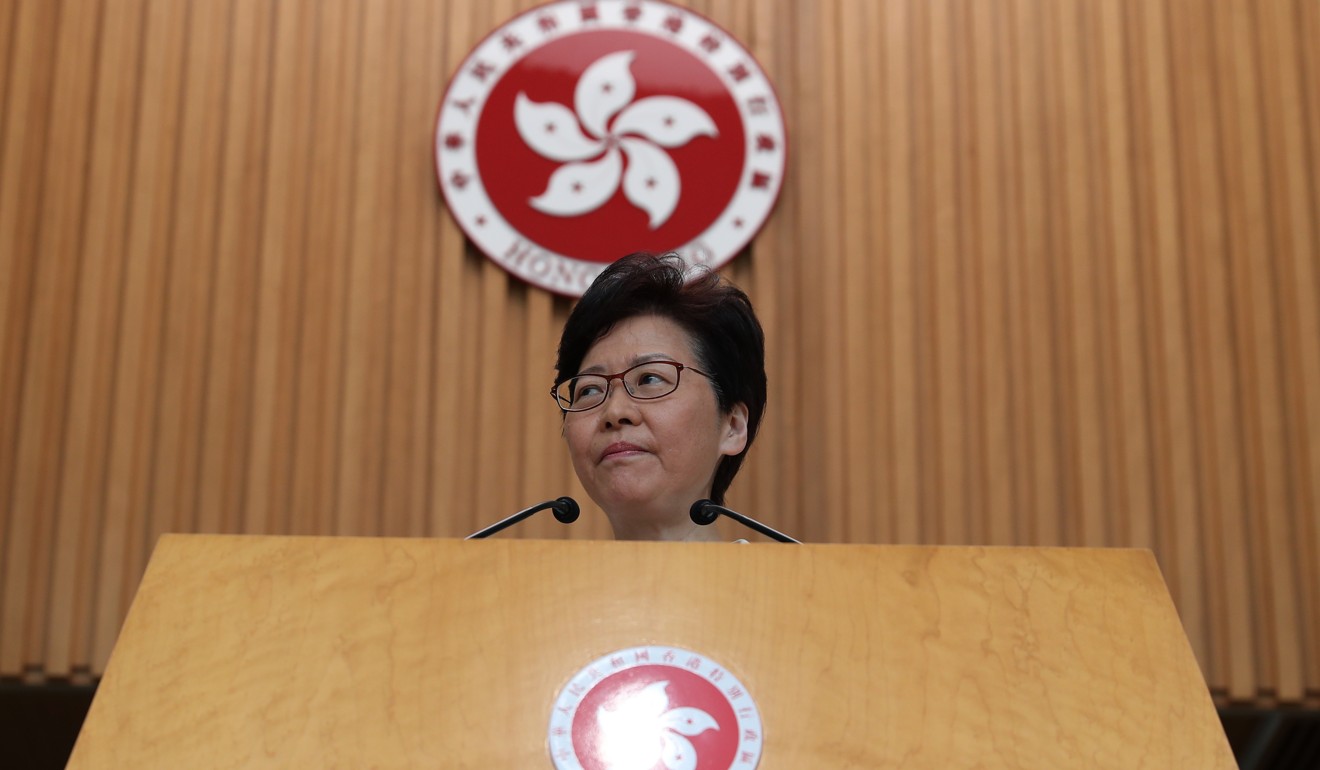
The Civil Human Rights Front, which applied for the procession to mark the fifth anniversary of the announcement of Beijing’s restrictive framework for electoral reform in Hong Kong that was eventually voted down by the city’s legislature, has been banned from carrying on with it.
A person familiar with the Hong Kong government’s position said it was unlikely to apply emergency laws on a territory-wide basis or in unnecessarily broad ways even if the ordinance was invoked.
“Banning public assemblies at the airport or selected districts is one of the possible directions the administration is pondering if the ordinance is invoked,” the person said.
For now, though, the lack of clarity from the government is only fuelling fears, with history providing a troubling guide.
An old law comes to life again?
The Emergency Regulations Ordinance was passed by the colonial government in 1922 to combat seamen’s strikes in Hong Kong that brought the harbour to a standstill. Some 30,000 Chinese seamen had gone on strike to demand higher wages.
In January 1922, the average Chinese port worker did not make enough in monthly income to support himself and his family while his Caucasian colleagues were paid several times more and were then given a 15 per cent wage rise. The Chinese Seamen’s Union demanded pay rises of up to 40 per cent from firms such as Jardine Matheson and Butterfield and Swire.
Hong Kong emergency powers ‘would be used in a measures way’
But company owners refused them and for seven weeks the ships were left stranded. The dispute spread beyond Hong Kong’s 23,000 mariners and, by the end, 120,000 people, out of a population of 600,000, had gone on strike.
Servants, vegetable and fish sellers, engineers, barbers, tailors, electricians, tram workers and boilermakers all downed tools. When the strikers received sympathetic support from Guangdong, many decided to camp out over there. The colonial government stopped train services and striking workers went on foot to show their determination.
The workers finally won but the Emergency Regulations Ordinance was kept on the books to keep the Chinese population in check, according to several historical accounts.
The ordinance came in useful again in 1967 to quell the leftist riots. The law gives the chief executive the authority to “make any regulations whatsoever which he [or she] may consider desirable in the public interest” if she considered it an occasion of “emergency or public danger”.
The wide range of powers extends to censorship of media, arrests, detentions and deportations, the control of ports and all transport, the appropriation of property, and authorising the entry and search of premises and the censorship and suppression of publications and communications.
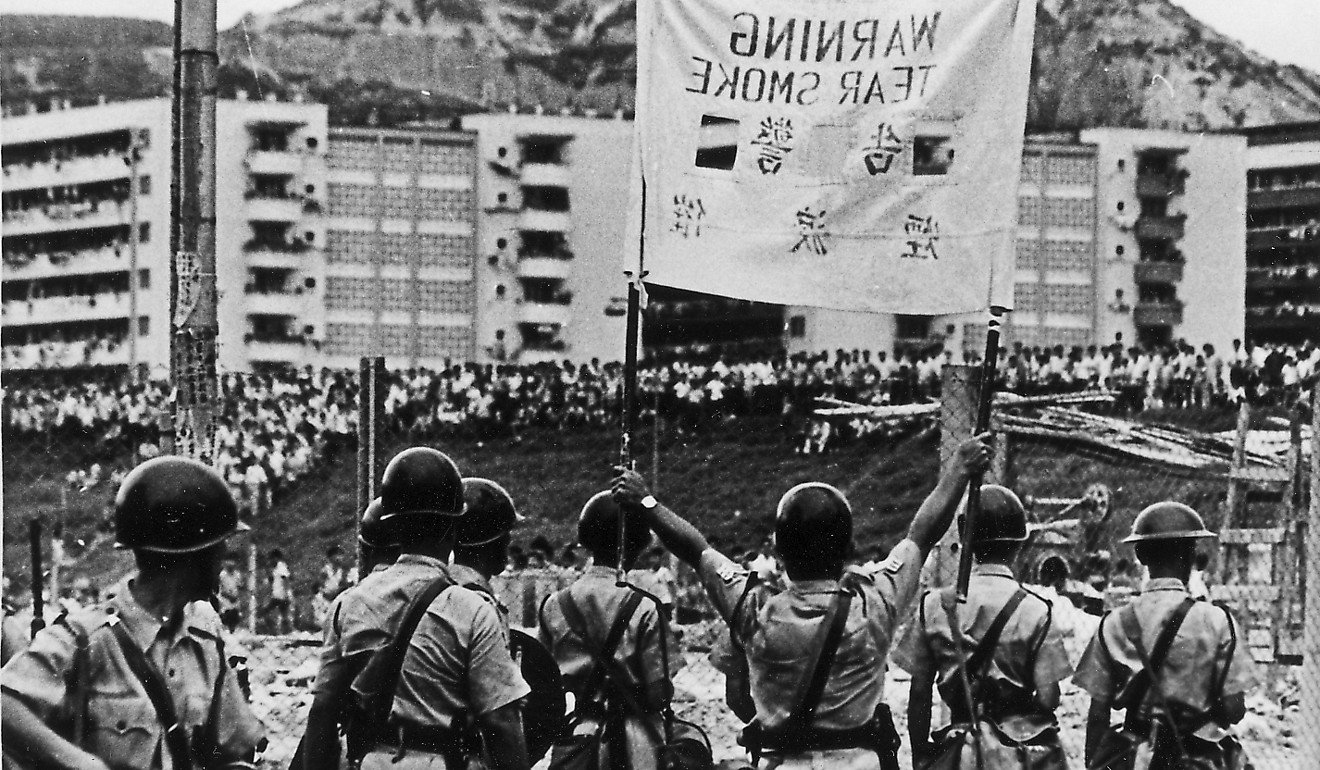
During the 1967 riots, the ordinance authorised the colonial secretary to order the detention of a person for up to a year without giving any reasons.
Over the years, the government had strengthened the legislation considerably under an 86-page subsidiary law known as the Emergency (Principal) Regulations. These laws did not always sit easily with those who understood their draconian nature.
In a letter to The Times on December 2, 1968, Henry Litton, then secretary of the Hong Kong Bar Association’s bar committee, wrote that “the powers which the Hong Kong government has at present over the liberty of the people of Hong Kong are as absolute as have ever been devised in the history of democratic government.
“The detention procedure is contrary to all ordinary standards of international behaviour as laid down by international courts and arbitration tribunals in decisions over many years.
“The evil of the Emergency Regulations is that it leaves it to the benevolence of the Hong Kong government to observe the basic principles of the rule of law without making it a legal requirement.”
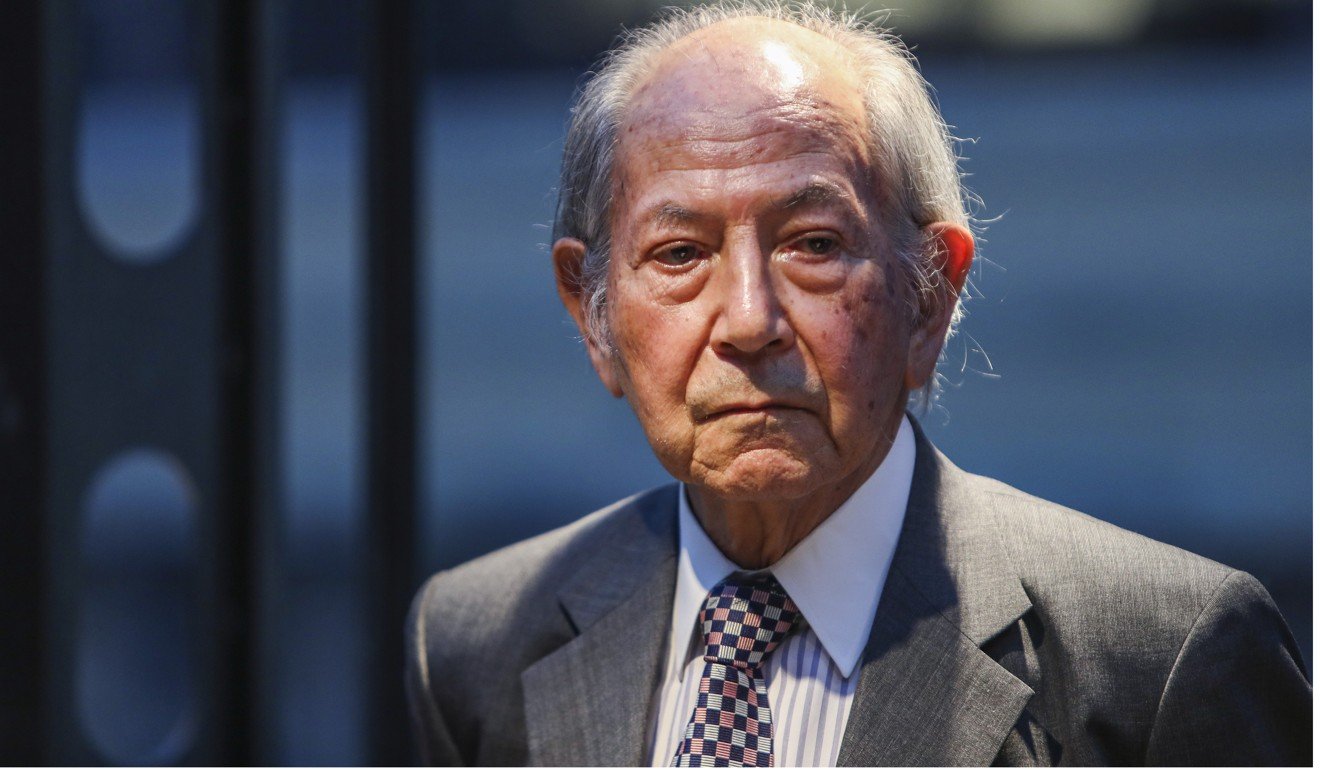
Litton became a permanent judge of the Court of Final Appeal in 1997 and served as a non-permanent judge of the court from 2000 to 2015.
By 1996, the subsidiary legislation was repealed by the colonial government, just a year before the handover. The security branch at that time said the regulations were “excessive and anachronistic”, having been in place during a particularly difficult period in the city’s history.
However, the main ordinance, or the “enabling legislation” was retained, requiring new regulations to be passed for specific emergencies or disasters.
More intriguingly, in 1999, the Hong Kong government in a submission to the United Nations stated that such regulations were subsidiary legislation thus requiring approval by the Legislative Council. This is contrary to Exco member Ronny Tong’s claim that any new fast-tracked regulations under the Emergency Ordinance did not require the scrutiny of Legco.
How should this law be applied?
Tam Yiu-chung, Hong Kong’s sole representative on the National People’s Congress Standing Committee, the country’s top legislative body, said the government had to study all available means, including this law, given how other options had not worked and it was beginning to appear weaker by the day.
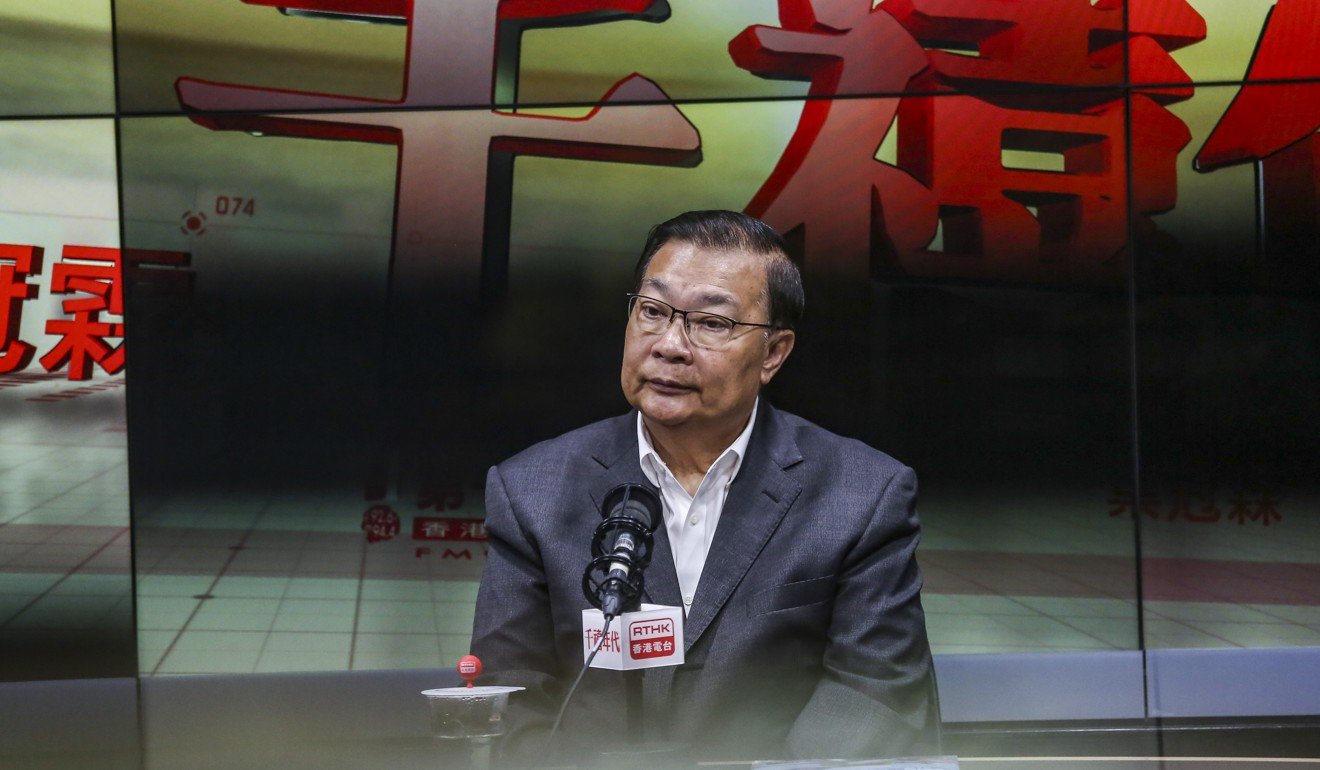
“The violence has yet to be stopped and there is a long way to go before law and order are restored. Instead, there are signs of escalation of violence in recent weeks,” he said.
“The government needs to review what has not been done adequately and the constraints for its actions. Otherwise, people will think the government is just a toothless tiger.”
Tam believed that the government would exercise extreme caution in invoking the emergency powers. “I don’t think the government will invoke them in an arbitrary and unreasonable manner. I think they will be careful with the scope of application,” he said.
Several jurisdictions already have such laws; some like the United States, go as far back as 1845, and others, such as Canada, as recently as 2013.
But Professor Simon Young Ngai-man of the University of Hong Kong said that even if the government wanted to have such a law, it would have to tailor it very narrowly because people might genuinely need to wear masks in public.
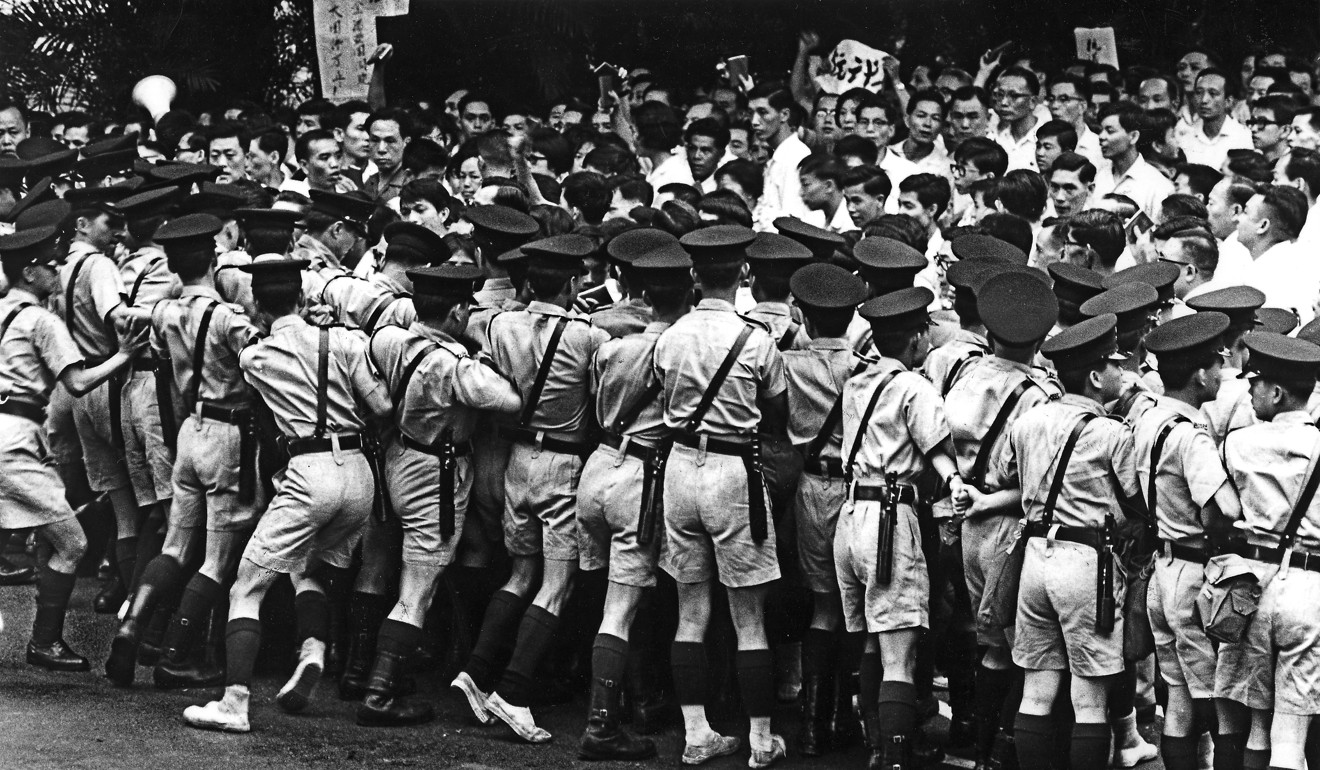
“Maybe a ban on gas masks would be more tailored and appropriate, and only certain people will be wearing those,” he said, but warned any such attempt would likely be met with a legal challenge. “Back in the 1960s, you didn’t have such constraints. Now, you know courts won’t hesitate to strike things down if they go too far.”
Li Xiaobing, an expert on Beijing’s policy on Hong Kong at Nankai University in Tianjin, suggested the local government could consider using the law to limit or suspend internet signals in areas experiencing violent clashes to block protesters from regrouping and making new plans. He also suggested it could be used to impose order on main infrastructure networks such as the airport and railway stations.
“Many mainlanders are worried that the Hong Kong government is lax in dealing with the mayhem. The government is not determined in taking moves such as stepping up control of the internet,” he said.
He warned the perception was growing that the government was losing its will to govern.
“The ordinance has been in place for many years. The legal team of the Hong Kong government should have shouldered the responsibility earlier to study the possibility of invoking it to cope with the current unrest,” he said.
Others warned that if the government did not set about this task soon, there was every risk that an escalation in violence would also escalate the response from the central government. Between invoking emergency powers or having the People’s Liberation Army rolling into Hong Kong, the former was patently the better option, Li said.
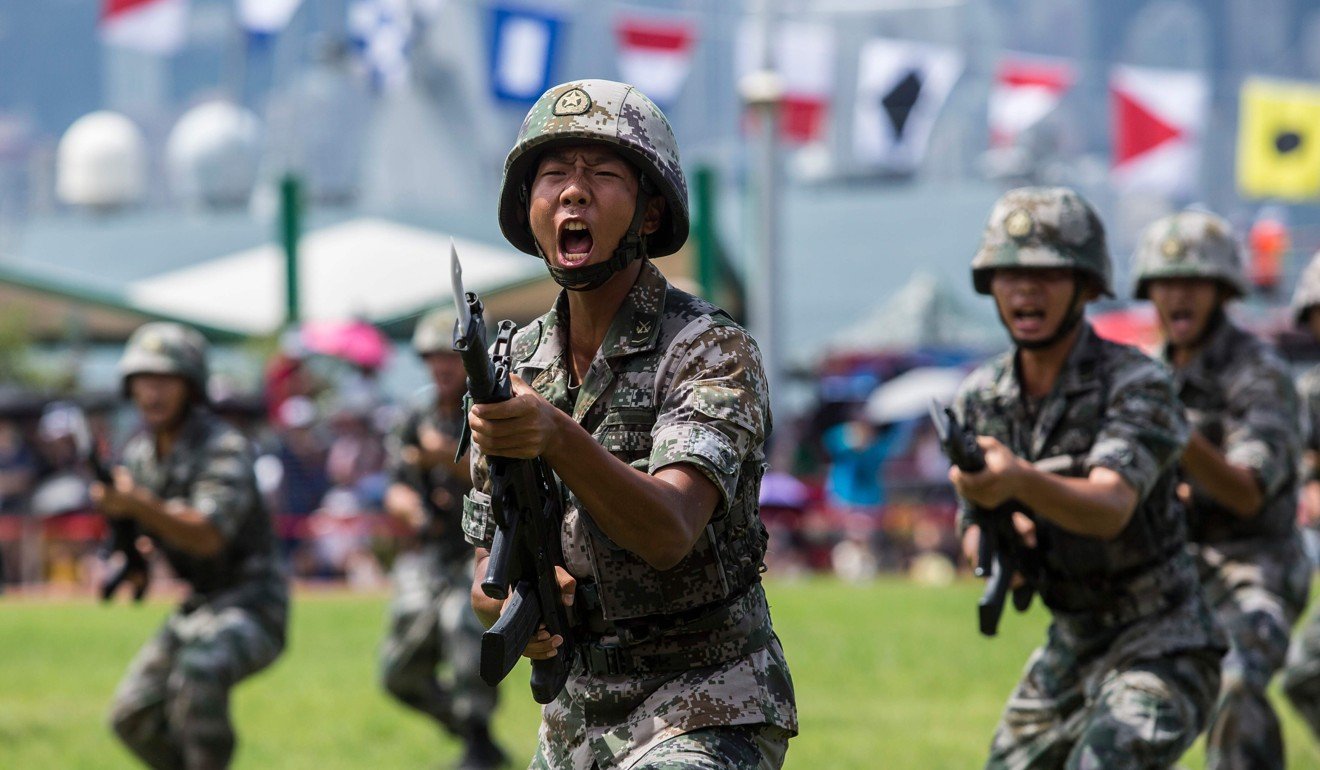
The Basic Law has two other provisions to help in restoring order. The first is Article 18 of the Basic Law. It allows for the National People’s Congress Standing Committee to declare a state of war or a state of emergency in Hong Kong, paving the way for the central government to issue an order applying relevant national laws in the city. This is the nuclear option, said analysts, with potentially devastating consequences on Hong Kong’s standing as an international city and the future of the governing principle of “one country, two systems”.
The smaller nuclear option, they said, could be Article 14 of the city’s mini-constitution, which stipulates that the Hong Kong government can ask Beijing for assistance from the PLA garrison in the city to maintain public order. This option too could irrevocably affect the city’s status.
PLA ‘ready to defend Hong Kong’ after arrival Beijing says is routine troop rotation
For now, neither option is warranted, they said. But on Thursday, when the PLA conducted its latest rotation of troops in the garrison – its 22nd since the handover – Chinese state news agency Xinhua released photos of the changing of the guard and a report saying the troops had the ability to defend Hong Kong. In the past, it would only issue a report after the handover was completed.
The change in approach, intended to signal readiness, caused a stir on social media. Still, despite the alarm, Shi Yinhong, an international relations professor at Renmin University in Beijing and a key adviser to the central government, counselled calm.
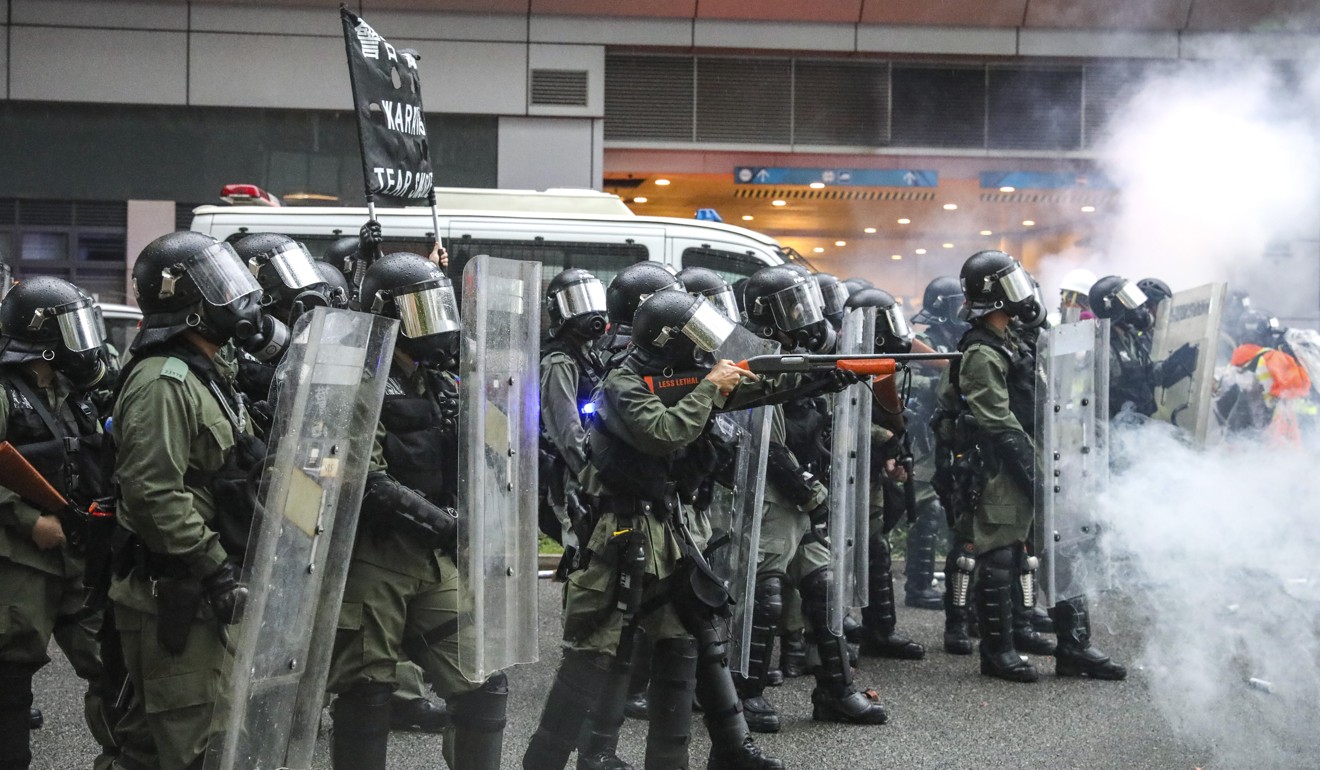
“There are still ways for the Hong Kong government to step up measures on the legal front to restore law and order. I think Hong Kong police are still able to cope with the ongoing unrest,” he said.
Apart from the emergency ordinance, legal eagles said the chief executive could also look to the Public Order Ordinance to order a curfew in certain areas in the interest of public order.
There were also suggestions that government departments could be more proactive in quelling the unrest, if a commentary in pro-Beijing newspaper Ta Kung Pao this week offers a hint on the central government’s thinking. The signed article questioned why many Hong Kong government departments, such as the Department of Justice, Education Bureau and Civil Aviation Department, did not wholeheartedly support the police.
“Members of the public can’t help but ask when the police are battling with protesters, where are other government departments?” it said.
Hundreds protest against Cathay Pacific sacking of cabin crew union leader
“The Hong Kong must show its determination by mobilising all government departments to fight shoulder-to-shoulder with police, rather than just paying lip service.”
In the end, these options might well have to be exhausted before emergency powers become a viable option, for the reason Young pointed out: the risk of unending legal challenges. He warned the government would be taken to court to have its orders struck down. The courts would take the first step to consider whether the situation was one of “emergency or public danger”.
In any case, Young said the mere invocation of the emergency ordinance, which he likened to imposing martial law, would be extremely damaging to the rule of law.
Police already had wide powers of arrest, he argued, and if the problem was one of people rejoining protests after being released on bail, the force could apply to deny their bail the second time.
“I don’t know if they are thinking of a mass arrest, sweeping people and holding them [in custody] for a long period of time. But, for how long?” he asked.
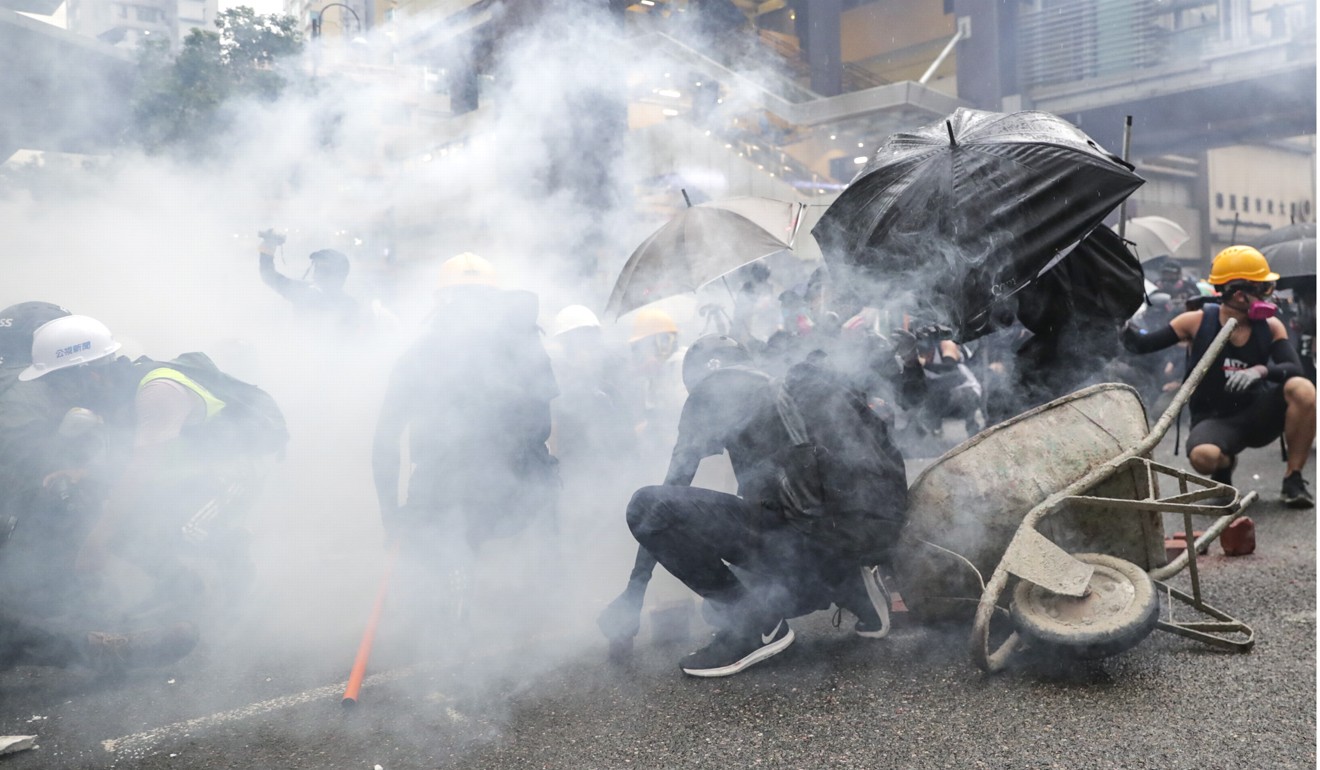
Given the risks and obstacles, it would appear that the emergency powers cannot be the only legal weapon the government needed to employ, analysts said.
The chairman of the Independent Police Complaints Council, Anthony Neoh, said that to lower tensions, a key task would be to separate the radical core prone to violence from the bulk of protesters who were sympathetic to the cause. They must be won over first, if peace and order are to be restored. An emergency law would not address this deficit in strategy in the face of the movement’s potent rallying call of staying united, or bak got chek, “no cutting of ties”.
Emergency powers move a threat to foreign investment, lawmaker warns
If there are lessons from 1922, it might be that despite the emergency law, the workers got the concessions they sought and in the end, their most powerful weapon was this, according to one of their leaders, as quoted in A Modern History of Hong Kong: “Unity among themselves was the most powerful bulwark for the protection of their interests.”
The battle to restore order might start on the streets, but perhaps it also needs to start in the hearts and minds of citizens.
Other articles in this series have analysed whether protests will ruin Hong Kong’s role in the Greater Bay Area plan, Taiwan’s high stakes in the Hong Kong protests, how leaders have spurned the chance to listen to public opinion, and how Beijing keeps getting Hong Kong wrong












